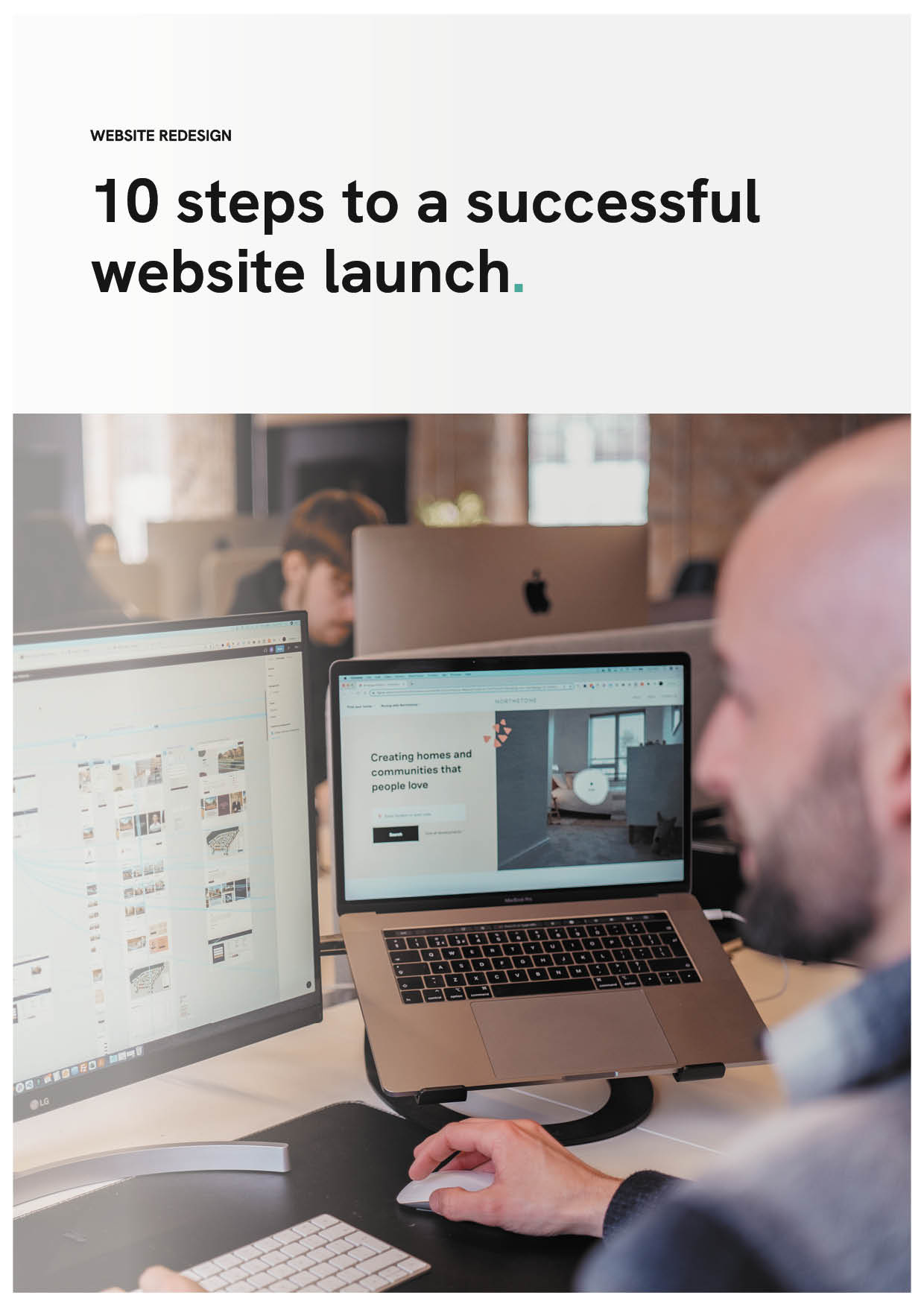If you have a unique product, why not have a unique way of marketing and selling that product?
Stop overcapacity and avoid a traditional marketing budget burner by learning about inbound marketing.

What On Earth Is Inbound Marketing?
We thought you’d never ask. But now you have, here’s the answer. Inbound is innovative. Inbound educates. Inbound chuckles while salespeople poke you in the ribs, trying to get you to buy a product you aren’t interested in. Inbound works.
Back in 2007, a marketing agency called HubSpot saw a new method of marketing and selling. While traditional marketing tactics do work, they’re pretty much impossible to track. How do you calculate ROI if you can’t track campaign success? It’s speculation.
Think leaflets stuffed in your mailbox, everywhere from Farmfoods to the local printing suppliers. It’s impossible to know whether somebody bought a packet of fish fingers from leaflet distribution.
Taking Advantage Of A Digital Revolution
As internet buying became popular, people became trackable! The main philosophy of inbound is to provide something of value (blog, ebook) in return for an email address.
You use that email address to send more valuable information to them, creating a bond and building a relationship. As they see the value in what you offer, you become a trusted partner.
For example, let’s say you manufacture motorcycle parts. You could send your leaflet out, but why not try something new.
Offer the retailer some knowledge. You built the part, teach them the best way to maintain it or show them the best way to sell it.
Would you rather start a partnership with someone that offers knowledge, or someone who reads a product specification from a recycled script?
Understanding The Inbound Methodology
There’s a sequence; attract, convert, close and delight! At the attract stage you want to turn strangers into website visitors. You achieve this by writing informative blogs and promoting them on social media.
At the convert stage, you want to turn those blog reader into a contact in your CRM. Number one, it means they’re interested. Number two, you can send them further material via email.
At the close stage, you want to turn them into a customer. This can be done through product tests or demonstrations.
At the delight stage, you’ve got a customer! Time to keep them happy with extra material. Like product reviews or helpful instructions.
It’s a logical evolution, but most companies make the mistake of thinking everyone who connects with their business is ready to buy; cue robotic machine like sales pitch.
Contents
- Creating the Concept: Determining Your Goals & Budget
- Research & Development: Market Analysis & Buyer Personas
- Assembling Your Product: Inbound Strategy Development
- Testing Your Product: Deliver Your Strategy
- Product Feedback: Campaign Analysis
1. Creating the Concept: Determining Your Goals & Budget

Every product design starts with an initial concept, and an inbound marketing plan is no different. When you’re designing a product, do you know what your goals and objectives are? Do you have a budget for production, storage and overhead costs? Of course you do!
What Are Your Business Goals?
Why’s this relevant? Because your business goals will shape your marketing plan. If your goal is to grow your sales team, this will direct your marketing plan as you’ll need to generate more leads.
If you aim to generate more leads, you’ll want to change how you market your products. So before you jump in and start building your marketing plan, consider your business objectives.
You should also consider:
- Profit objectives
- Service objectives
- Pricing objectives
What Are Your Marketing Goals?
If your business objective is to improve profit margins by 5% by refining your pricing structure, how does this affect the marketing and sales teams? What goals do they need to set?
It may be that the marketing team still has to provide the same amount of leads, but create a qualification framework where only the best fits are contacted by sales (yes, you can do this with inbound!).
What’s Your Budget?
How much have you got to spend? Is business booming? Are manufacturing costs strangling your expansion?
Your marketing budget has to match your business’s goals; otherwise, you aren’t going to achieve them. It’s as simple as that.
Time for some number crunching, if you invest:
- 1-2% of your gross revenue you’ll be able to commit to engaging and retaining current customers with straightforward tools and strategies. Fine if you want to maintain market position.
- 3-4% of gross revenue means you can attract new prospects and retain current customers with advanced tools and plans. This will help you increase market share and supports moderate growth goals of 10-15% in the year.
- 5% or more of gross revenue you can accelerate your results by applying more resources to generate leads, conversion rates and sales. Using complex marketing strategies and cutting-edge tools you could achieve ambitious growth plans of 20% or more and increased market share in a year.
It all depends on how ambitious you are! Marketing has been described as fluffy. But with no precision when monitoring success, that’s no surprise. Marketing is a different machine now, and one that can get you accurate results.
What If There Were A Framework That Helped You Work This Out…
Guess what, there is! Setting SMART targets can help you create goals that are suitable for your organisation. Follow this procedure:
- Specific – What do we want to achieve?
- Measurable – Will we know if it’s successful?
- Attainable – Are our targets achievable?
- Realistic – Is our idea realistic?
- Timely – Can we achieve it in the required time-frame?
2. Research & Development: Market Analysis & Buyer Personas

Do manufacturers use inbound marketing? Yes! They do. The method of delivery for inbound marketing is content, which will appear at every stage of the inbound methodology (attract – blog, convert – email, close – demo, delight – survey).
86% of manufacturers use content marketing. Only 33% have clarity on content marketing success and just 11% rate there content marketing as exceptional.
What does this tell us? Manufacturers care about content marketing, but they aren’t sure what success looks like, and a lot of manufacturers aren’t getting it. What’s the reason for this?
47% have a strategy in their head, and only 19% have a documented strategy.
How often do you forget stuff that’s in your head? Next week’s meeting, the pint of milk you promised to bring home, the kids from school? Documenting everything is logical!
Analyse Your Market
Firstly, consider what state your industry is in:
- Examine industry growth, maturity or declination. If it‘s declining, identify problems and change what you can.
- If your industry is maturing, show how you can adapt better than the competition.
Secondly, analyse problems and challenges in your industry:
- Once you’ve pinpointed your problems, create a plan to which will determine how you deal with them. For logistics, it’s better to have a plan rather than ignore or make it up as you go along.
- Consider how sales and marketing contribute to this plan, they help you accrue customers.
Thirdly, consider your local market:
- Even if you’ve got plans for world domination, your local market is still relevant. The last thing you want is an out of town business taking your custom because you’re too busy focusing on world domination.
Building Your Buyer Personas
You need to define who your buyers are. This can be a little trickier than you anticipate, as you probably have more than one type of customer.
A buyer persona is a semi-fictional representation of your customer; you should base it on market data, any data your company has on its customers and in-depth analysis.
There are two ways you can research your customers, one is segmenting, and the other is profiling. Segmenting focuses on demographics, and profiling on behaviour.
Demographics are easier to withdraw as you can gather data on them fairly quickly. For example, if you have CRM, you may know that 80% of your customers are male, 30-50 and buy trade tools in bulk.
This would form a demographic profile. Profiling asks why? What’s this person trying to achieve by buying trade tools in bulk? What problem does it solve?
Once you’ve gathered your data, it’s time to construct your personas and test them out. They can fail for several reasons, they could be too basic, biased; or maybe you aren’t using them!
3. Assembling Your Product: Inbound Strategy Development

Before you start to develop your strategy, you need to understand the buyer’s journey. This is the procedure someone goes through before they buy the first batch of your product and it’s how you’ll develop your strategy.
For example, if someone enters your website through a blog, downloads a resource, engages with more content and calls you; that’s a part of their journey. We can put that process into a sequence called the buyer’s journey.
Understanding The Buyer’s Journey
The Awareness Stage
Your buyer is aware they have a problem, but they’re unaware that you hold the solution. It’s up to you to show them you can help, by not telling them you can help. Confusing, huh?
At this stage of the journey, you want to show them you’re there to help. Think of it like the business hug that tells them everything is okay and offers them some gentle advice. It’s all about them, not you.
What Content Should I Create?
Blogs – Blogs connect with your audience. When you work in a technical industry, you need to explain the details in a way people can understand. Break down the complicated jargon with infographics, videos and free templates.
HubSpot offers a content management system with their marketing CRM. It allows you to upload and manage your blogs, with an optimiser that analyses linking and word counts.
The Consideration Stage
The buyer is aware of their problem, and they’re looking for solutions. Don’t be a spare part, offer them some advice!
This time, you can mention how you dealt with the problem and offer some examples. Tailor your advice to their experiences and show them how to overcome the problem.
What Content Should I Create?
Targeted email campaigns – If you’ve got a contact in your CRM and you know that they’re trying to solve a problem, a targeted email campaign can offer them solutions.
At this stage, it’s all about nurturing your leads. Make them feel valued by offering them the right content at the right time. For example, you wouldn’t send a product demo offer if your prospect is in the awareness phase.
HubSpot offers a comprehensive email dashboard where you can create, send and track all your email activity, with all your contacts being stored in your CRM.
The Decision Stage
At this stage, the buyer is making a decision on which solution is best for them. If you make it to this point, well-done! But don’t bring out the red label yet. You need to offer value to get the potential partner over the line.
What Content Should I Create?
Product tests – A product test is a great way to show that there’s proof in every claim you’ve made so far. How do you do that? Can you offer a trial? Could you offer a factory tour? Get creative!
Mapping Out Your Strategy
Now you know the journey your buyer will take, what does that look like in strategy form?
Consider the following details:
- Keywords – What keywords do your buyers use? They should appear in your strategy and the content you create from it.
- Supporting content – Does it have any videos connected to it? Design work?
- Buyer persona – Which persona are you targeting? It’ll determine how you write the content.
- Goals and brief – What do you want to achieve by writing the article? Explain how the team will accomplish the goal.
- Premium content – What are you offering the user in return for their email address? A guide? A template?
- Campaign – What campaign is the content attached to? If you’re running a campaign around a new product, you can create content around that.
You should also consider how long your strategy is. They tend to run month-by-month, and always function better if you plan.
Where Should I Create My Strategy?
You can download a template, but they can be difficult to change if you want a different format. You can create a Google Sheet, they’re easy to adjust and you can fit plenty of information in them.
You should consider using HubSpot’s content planner, which allows you to attach smaller articles to a broader topic overview resources.
4. Testing Your Product: Deliver Your Strategy

Your prototype is ready. Now it’s time to test it! For this stage of the process, we can refer to the inbound methodology. Here are few components that will help your inbound plans run smoothly.
Posting Your Content On Social Media
Blogging is the best way to drive traffic to your website, but you have to use collaborative tools to see the most success. It can take up to a year for your articles to rank highly in Google, so you need alternative methods to get them some attention.
Social media can offer you that, especially if you’ve already got a loyal following. And if you haven’t, sharing useful content is the best way to build it up!
You can use HubSpot’s social media platform to share articles on Twitter, LinkedIn and Facebook; then monitor the success of each post in the analytics portal. This could be anything from likes to leads generated.
Assigning Some Of Your Budget To PPC
PPC can help improve your stranger-to-customer cycle time by getting potential partners to the content you want them to see. As we previously mentioned, content can take a while to rank, and if you haven’t got a great following it can take some time to grow.
In that period, a paid budget can help. Don’t blow your budget though; the point of inbound is that your customers come from quality, targeted unpaid forms of advertising. So use it as a boost and then let it tail off as your leads grow!
Quality control is crucial; here are a few ways you can check your CTA’s are performing:
- Is it promoting valuable content? If your CTA’s are promoting useless content, nobody will click them!
- What does it look like? Design for logistics with a clear direction, confusion means clicking away.
- How big is it? If it pops up and covers the full screen, it may be too intrusive. It has to flow with your design.
- What does the text say? It might seem trivial, but spelling mistakes put people off. If you can’t spell on a 20-word CTA, what’s your content like?!
- What’s the colour scheme? Your brand colours are purple and black. So why’s your CTA pink and green?!
HubSpot’s CTA dashboard gives you all the necessary tools for CTA management; including clicks, previews and views.
Creating Simple Landing Pages
What’s the next step when a potential partner is on your production line? A landing page! They have to go somewhere when they’ve clicked that CTA, and it’s the method you’ll use to produce leads continually.
A landing page will contain the following components;
- Downloadable resource
- Picture of your resource
- A catchy headline
- Clear call to action
- Flawless design
- Easy to scan
- Built to convert
If you get the mixture of these components right, there’s more chance someone will download your resource!
Developing A Lead Scoring Framework
Inevitably, some leads are defective! They don’t fit certain criteria and you may as well not have them in your database. If you generate plenty of leads, good leads can get lost in the pile-up. Try to prevent a bottleneck.
The best way to ensure your quality leads make it to your sales and marketing team is by scoring them.
For example, an executive who’s entered your CRM won’t be making high-level business decisions. But if their business fits, it’s worth pursuing them as a marketing qualified lead.
If the Sales Director from the same company enters your CRM, it may qualify them as a sales qualified lead. It all depends on your scoring system.
Aligning Sales & Marketing (aka Smarketing)
It’s traditional for marketing and sales to have a fractious relationship, but why? They’re both playing for the same team. They both contribute to the larger goal of the organisation.
Salespeople are aggressive; marketing is arts and crafts, we’ve heard it all before. How about a change!
If you can get your marketing and sales teams to synchronise, you’re on the path to success. Here are a few tips on how you can achieve harmony:
- Give both teams the same organisational goal
- Both should be clear of each other’s departmental goals
- Tie the marketing pipeline to sales quotas
- Bonuses for improving functionality
Offering Extra Value
As you get to know your customer and their business, you’ll start to see ways they could improve things by looking at your data.
If the bounce rate on their website is high, a development or design project may solve the problem.
If their organic traffic is increasing, reduce their paid budget. It’s all about seeing where you can improve the client’s business. Sometimes it’s better not to put prices on everything, and show a client what you can do before you ask them for commitment.
5. Product Feedback: Campaign Analysis

How do you get feedback? A lot of businesses try to avoid feedback because they’re scared of what they might hear! When you’ve put your heart and soul into a product it can be difficult to listen to what’s wrong with it, especially when customers usually tell you the bad things first.
But it’s an exercise you must take part in, no skipping it like those minus five degrees P.E. days at school!
Send Out Surveys For Honest Feedback
You should send out feedback surveys on a regular basis, every 3-6 months preferably. Surveys give your clients a chance to rate you in a non-confrontational style. People will often tell you they love what you’re doing because they don’t want to upset you! (Although we’re sure you’ve met people that don’t!)
It gives the customer a chance to be granular; sometimes we’ll drop some small details or not give our opinion on a person’s manner or demeanour. Most of all, it gives you a chance to improve!
Do You Do Data?
If you use HubSpot, that’s a yes! The CRM can give you statistics that you and your customer can see. You can create reports to show the best results, and what needs to improve. If everything’s perfect how are you going to upsell?
Here are some statistics you can get from HubSpot:
- Buyer persona performance – which personas generate the most leads
- Website traffic
- Leads generated
- Customers closed
- Landing page success – views to submission rates
- Email click rates
Improving Where You Need To
After analysing your data, the next step is to figure out where you need to improve. You may need to overhaul; you may need to tweak. Inbound marketing is all about improving and adding value where you can.

